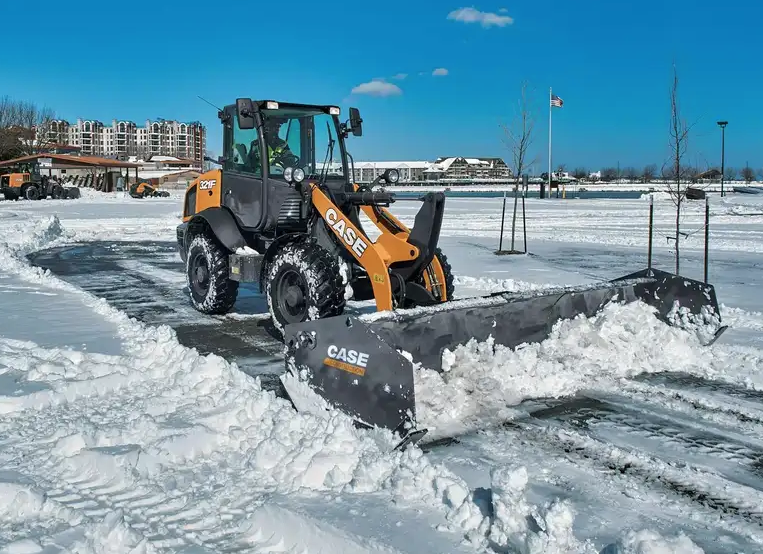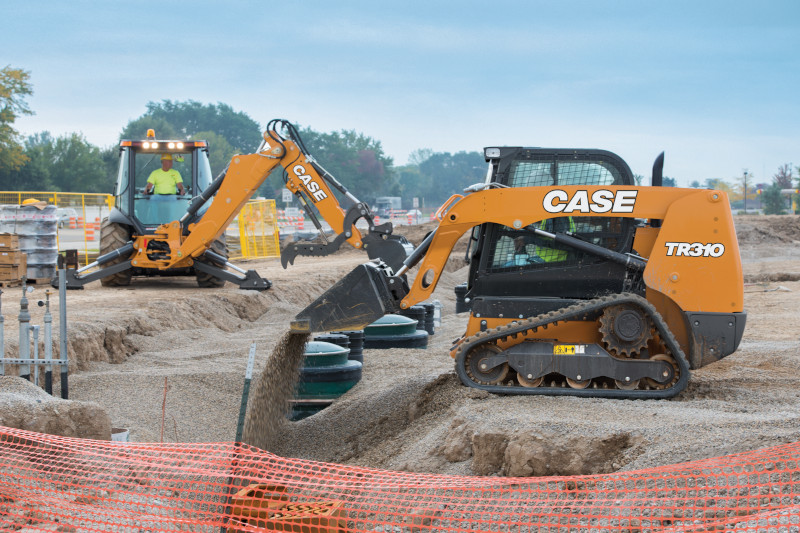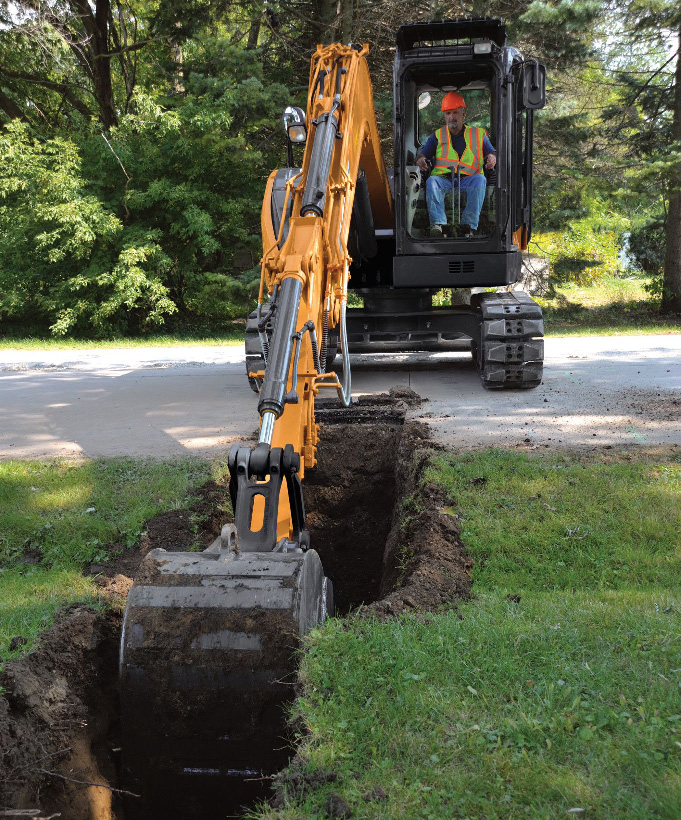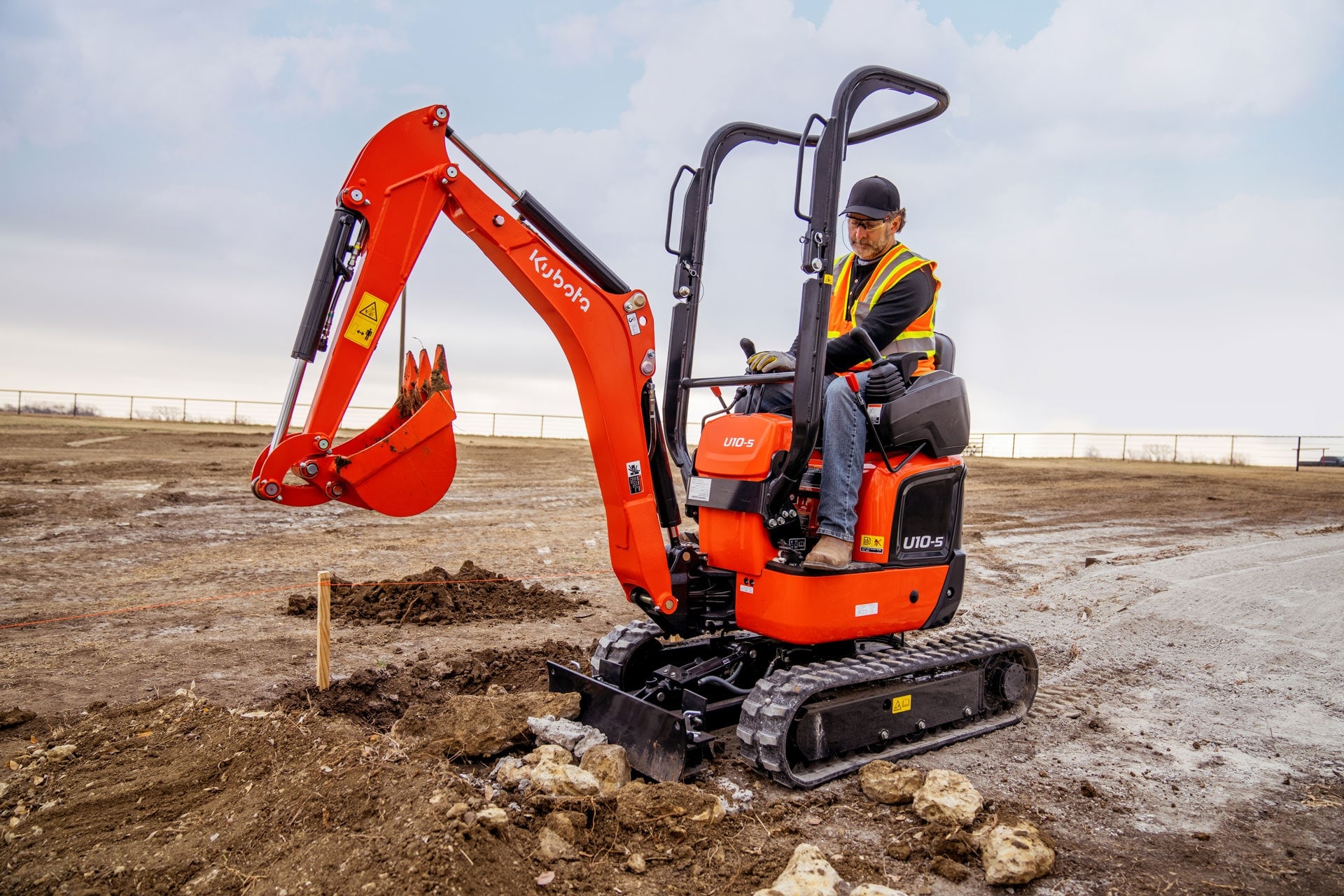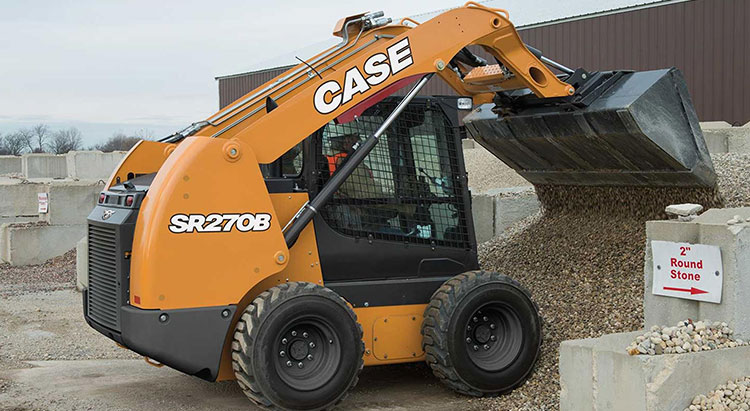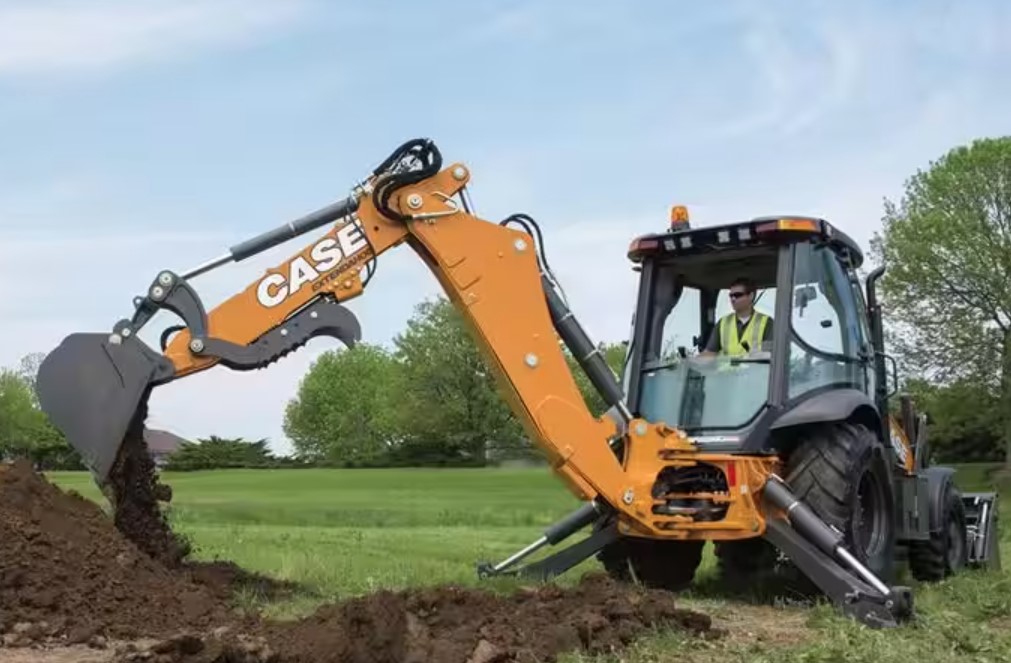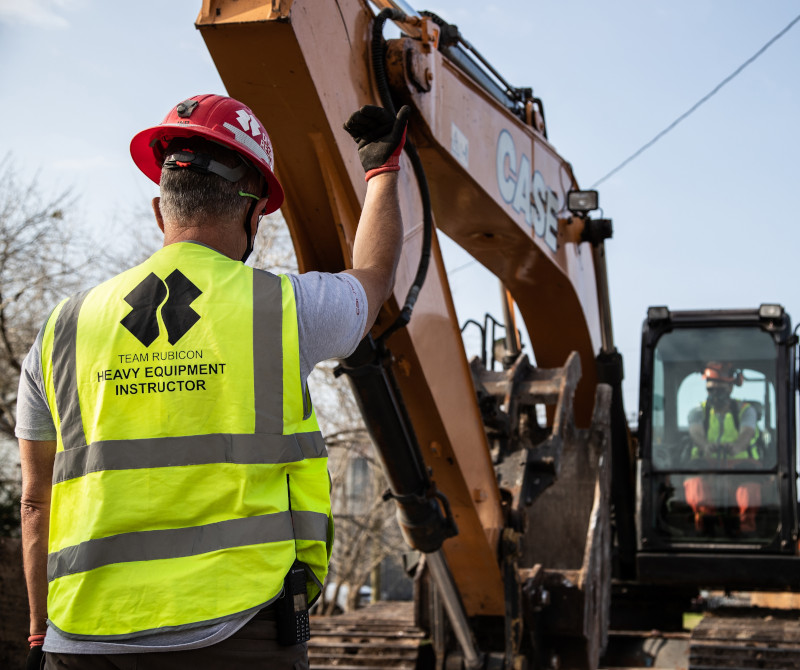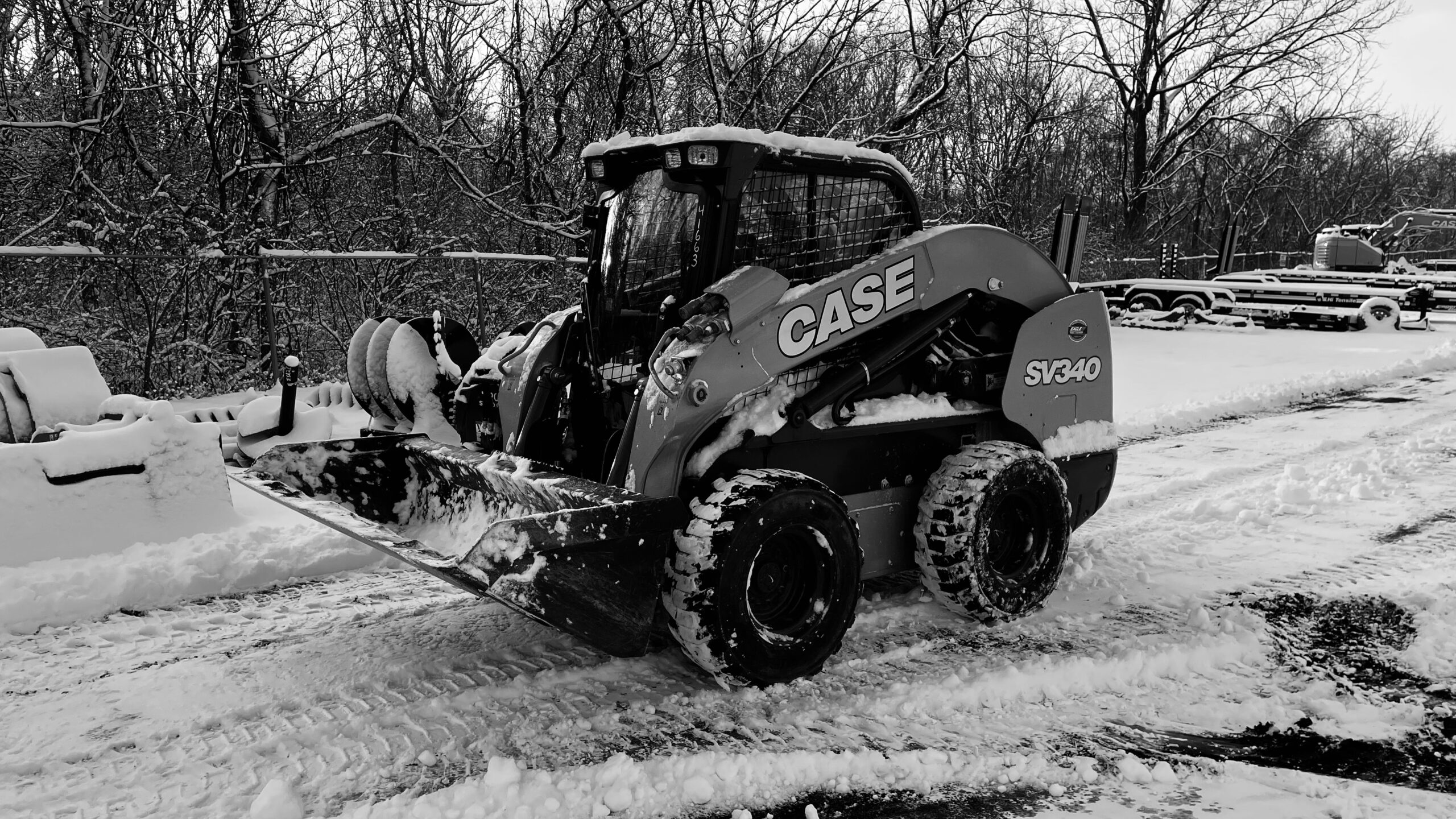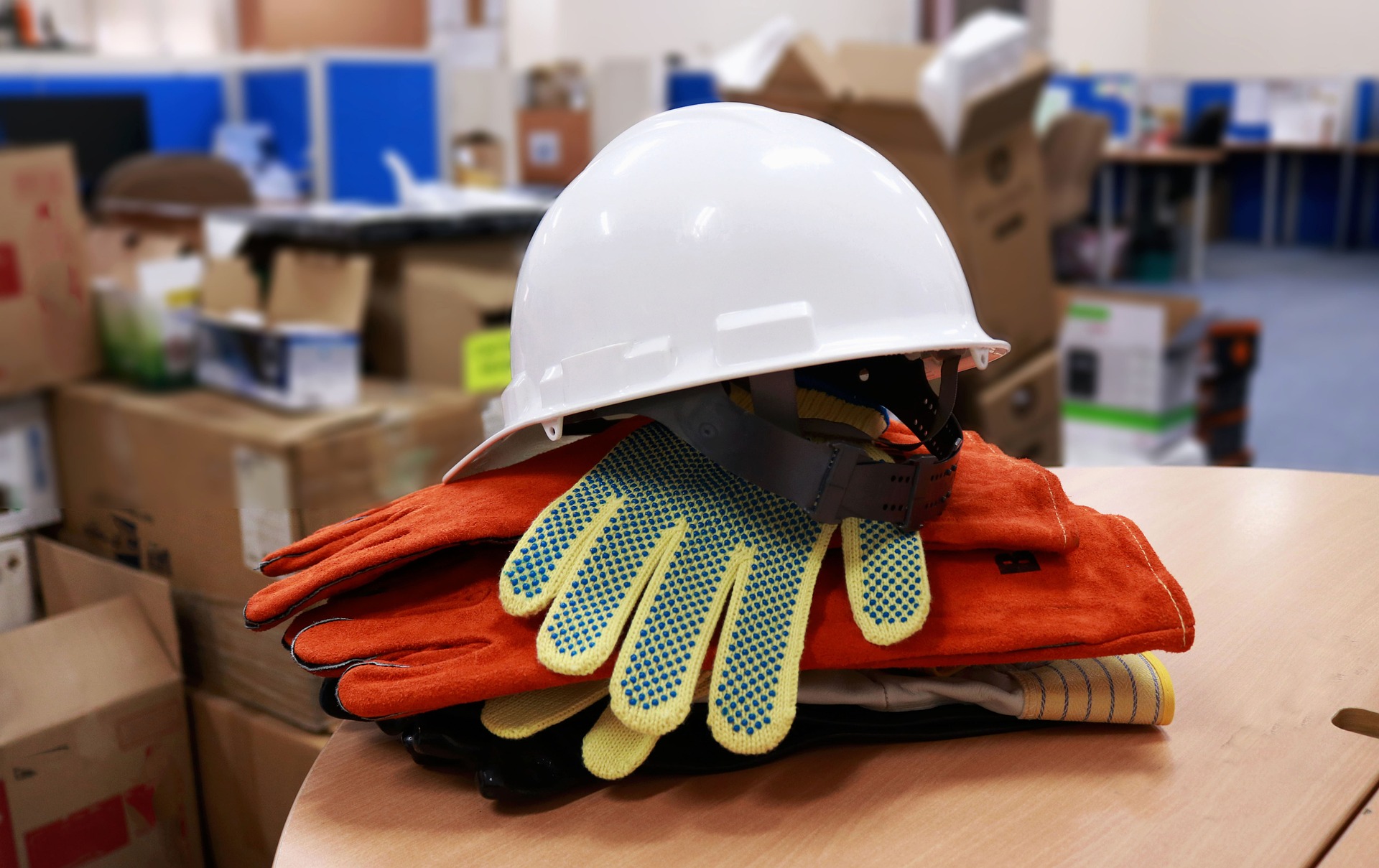Blog
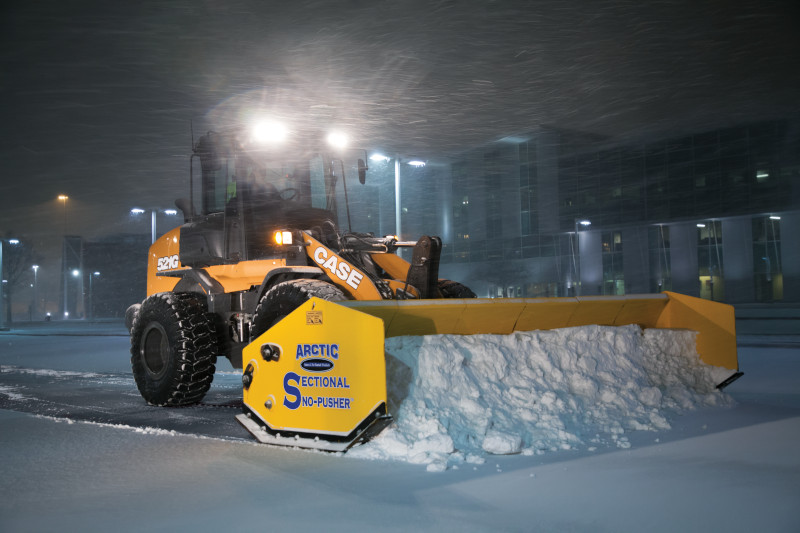
Winter Safety for Equipment and Jobsites
January 25, 2024In construction, safety is paramount, especially in challenging winter conditions. Seasoned construction professionals are well aware of the critical importance of implementing best practices and regulations to safeguard workers under cold weather conditions. It can be crucial to prioritize worksite safety in these situations.
Ensuring worksite safety in cold weather is non-negotiable. A well-protected workforce not only avoids accidents but also maintains productivity. In temperatures below freezing, frostbite, slippery surfaces, and reduced visibility pose serious risks. But following the right guidelines can help mitigate these dangers and keep your team safe.
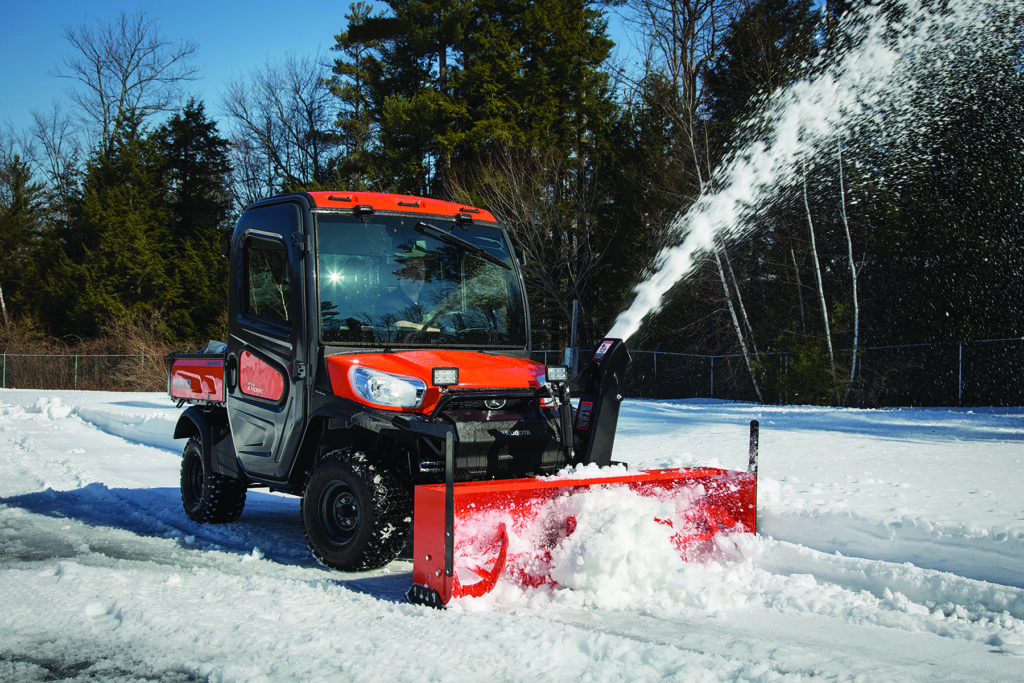
What Special Precautions Are Necessary for Heavy Equipment Operation in Cold Weather?
Operating heavy equipment in cold weather requires specific precautions to ensure both safety and efficiency. When temperatures drop, equipment performance can be affected, and operators face unique challenges. What steps can be taken to safeguard heavy equipment operation during winter conditions?
Cold weather significantly impacts the functionality of heavy machinery. Hydraulic fluids can thicken, affecting the equipment’s responsiveness. Tires lose flexibility, reducing traction. In this scenario, understanding the importance of pre-operational checks becomes critical. Regular inspections of fluids, hydraulics, and tires can prevent malfunctions and potential accidents. Here are some vital procedures that can help maintain optimal equipment performance against the unique challenges posed by winter weather.
Fluid Checks and Changes:
- Check and maintain proper levels of engine oil, hydraulic fluid, transmission fluid, and coolant.
- Consider using low-temperature fluids that can withstand colder conditions.
Battery Maintenance:
- Inspect the battery regularly and ensure it is fully charged.
- Keep batteries warm when not in use by using insulated battery blankets or other heating devices.
Fuel System Management:
- Use winter-grade diesel fuel with appropriate additives to prevent fuel gelling.
- Install fuel heaters to avoid fuel freezing in the lines and filters.
Air System Inspection:
- Check the air systems for brakes and other components to prevent freezing.
- Drain moisture from air tanks to avoid ice formation.
Greasing and Lubrication:
- Ensure that all grease points are lubricated according to the manufacturer’s recommendations.
- Use low-temperature lubricants to prevent freezing.
Tire Maintenance:
- Monitor tire pressure regularly and adjust as needed, as cold temperatures can cause pressure fluctuations.
- Use tire chains or studs for increased traction on icy surfaces.
Engine Warm-Up:
- Allow sufficient time for the engine to warm up before operating equipment in extremely cold conditions.
- Consider using engine block heaters to facilitate faster warm-up.
Cooling System Protection:
- Use antifreeze with an appropriate concentration to protect the engine from freezing.
- Inspect the radiator for ice buildup and clean as necessary.
Electrical System Checks:
- Inspect and tighten all electrical connections to prevent issues caused by cold-induced contraction.
- Ensure that lights and electrical components are functioning correctly.
Snow and Ice Removal:
- Regularly remove snow and ice accumulations from equipment to prevent excess weight and operational issues.
- Clear vents and openings to maintain proper airflow.
Storage Practices:
- Store equipment in a sheltered, heated area when not in use to protect it from extreme cold.
- If indoor storage is not possible, use insulated covers or enclosures.
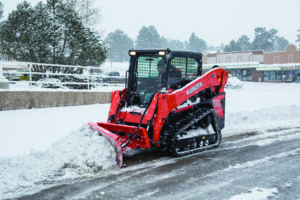
Is Standard Personal Protective Equipment Enough in Cold Weather?
While standard PPE is a staple in construction safety, the efficacy of these measures can be challenged in cold weather. Workers face exposure to frostbite, hypothermia, and reduced dexterity.
In extremely cold temperatures, standard PPE may not provide sufficient insulation or warmth. Specialized gear such as insulated gloves, thermal boots, and layered clothing becomes imperative. Moreover, considering regular breaks in heated areas to prevent prolonged exposure is crucial. By addressing these nuances, we empower workers with the knowledge to protect themselves effectively in cold weather, fostering a safer working environment.
How Can Construction Project Managers Effectively Plan for Winter Work?
Construction project managers play a pivotal role in ensuring worksite safety, especially during challenging winter conditions. Effective planning is key to overcoming the unique challenges posed by cold weather. What specific strategies can project managers employ to ensure successful winter construction projects?
Project managers must factor in weather forecasts, account for potential delays due to adverse conditions, and adjust timelines accordingly. Additionally, communication with the workforce about safety protocols and weather-related changes is vital. By developing contingency plans and ensuring the availability of winter-specific resources, project managers can navigate the complexities of winter construction, maintaining productivity without compromising safety.
What Legal and Regulatory Considerations Impact Winter Construction Operations?
Beyond best practices, legal and regulatory considerations play a significant role in winter construction operations. Understanding the specific laws and regulations governing cold weather work is essential for compliance and liability mitigation. What legal obligations do construction professionals need to be aware of when operating in winter conditions?
Regulations related to worker exposure limits, cold stress prevention, and emergency response plans come into play during winter construction. Compliance with these standards not only safeguards workers but also protects companies from legal repercussions. By staying informed about the legal landscape, construction professionals can ensure that their operations align with industry standards and legal requirements, promoting a culture of safety and benefitting the long-term safety and productivity of their crew.
While specific regulations may vary by location, here are some common regulations that often govern construction site safety in cold weather:
OSHA Regulations:
The Occupational Safety and Health Administration (OSHA) in the United States provides guidelines for construction safety. Relevant OSHA standards for winter conditions include:
Cold Stress: OSHA provides information on preventing cold stress-related illnesses and injuries. This includes recommendations for proper clothing, work/rest schedules, and training on recognizing the signs of cold stress.
Visibility: Regulations related to high-visibility clothing and signaling devices are crucial, especially in low-visibility conditions caused by snow or fog.
Emergency Action Plans: OSHA requires employers to have effective emergency action plans, which should consider the unique challenges posed by winter weather.
ANSI Standards:
The American National Standards Institute (ANSI) sets standards for personal protective equipment (PPE). Construction professionals should adhere to ANSI standards for winter-specific PPE, such as insulated gloves, thermal boots, and high-visibility clothing suitable for cold conditions.
Local Building Codes and Regulations:
Local authorities often have specific building codes and regulations that construction projects must adhere to. These may include requirements for weather-resistant materials, snow removal procedures, and guidelines for temporary structures in winter conditions.
Environmental Protection Agency (EPA):
In some cases, the EPA may have regulations related to environmental considerations during construction activities in winter. This could include guidelines for managing runoff water and preventing environmental contamination in snowy conditions.
State-Specific Regulations:
Different states may have additional regulations tailored to their climate and specific challenges presented by severe winter weather. Construction professionals should be aware of and comply with state-specific regulations governing cold weather work.
It’s essential to consult the relevant regulatory authorities in your specific location to ensure compliance with the latest guidelines. Regular updates and training on these regulations will help construction teams navigate winter conditions safely and efficiently while remaining in accordance with the law.
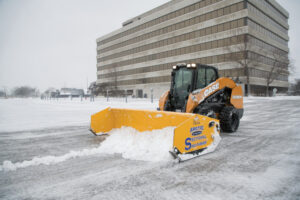
Tips & Procedures
Ensuring the safety of your workforce when operating heavy equipment in extreme winter conditions is vital. Here are some tips and procedures you can implement on your construction job site:
- Conduct Comprehensive Equipment Inspections:
Regularly inspect all heavy equipment before operation. Pay close attention to hydraulic systems, fluids, and tires. In cold weather, fluids can thicken, affecting equipment performance. Ensure that hydraulic systems are well-lubricated and that tires have proper traction. If any malfunctions or potential mechanical failures are detected, submit the equipment for service repairs.
- Provide Cold-Weather Training for Operators:
Equip operators with the knowledge and skills necessary to handle heavy equipment in cold weather. Training should cover the impact of low temperatures on equipment functionality, the importance of pre-operational checks, and emergency procedures specific to winter conditions.
- Implement a Cold Weather Operation Plan:
Develop a detailed plan that outlines procedures for operating heavy equipment in cold weather. Include protocols for equipment warm-up, safe operation in low visibility conditions, and emergency response. Ensure that all workers are familiar with and trained on the plan.
- Utilize Specialized Personal Protective Equipment (PPE):
Standard PPE may not provide adequate protection in extreme cold. Supply workers with specialized gear, including insulated gloves, thermal boots, and layered clothing. Emphasize the importance of staying warm and taking breaks in heated areas to prevent cold-related illnesses.
- Monitor Weather Conditions:
Stay informed about weather forecasts and potential changes in conditions. Adjust work schedules and timelines accordingly to avoid adverse weather impacts. Communicate weather-related updates to the workforce promptly.
- Establish Communication Protocols:
Maintain clear communication channels on the construction site. Implement a system for quick dissemination of weather updates, safety alerts, and changes in operation plans. Effective communication is crucial for prompt response to changing conditions.
- Provide Adequate Break Areas:
Designate warm break areas where workers can take refuge from the cold. Encourage regular breaks to prevent prolonged exposure. Consider providing hot beverages and snacks to help maintain body temperature.
- Emergency Response Preparedness:
Have a well-defined emergency response plan specific to winter conditions. Ensure that all workers are familiar with emergency procedures, including first aid for cold-related illnesses. Have emergency contact information readily available on-site.
By implementing these tips and procedures, you create a safer working environment for your construction workforce during extreme winter weather conditions. Prioritizing safety measures not only protects your team but also contributes to the overall success of your construction projects.
Need the very best quality construction machinery for your next project? Contact us today and see why Eagle Power & Equipment is your go-to option for construction gear sales, rentals, service, and repairs!

